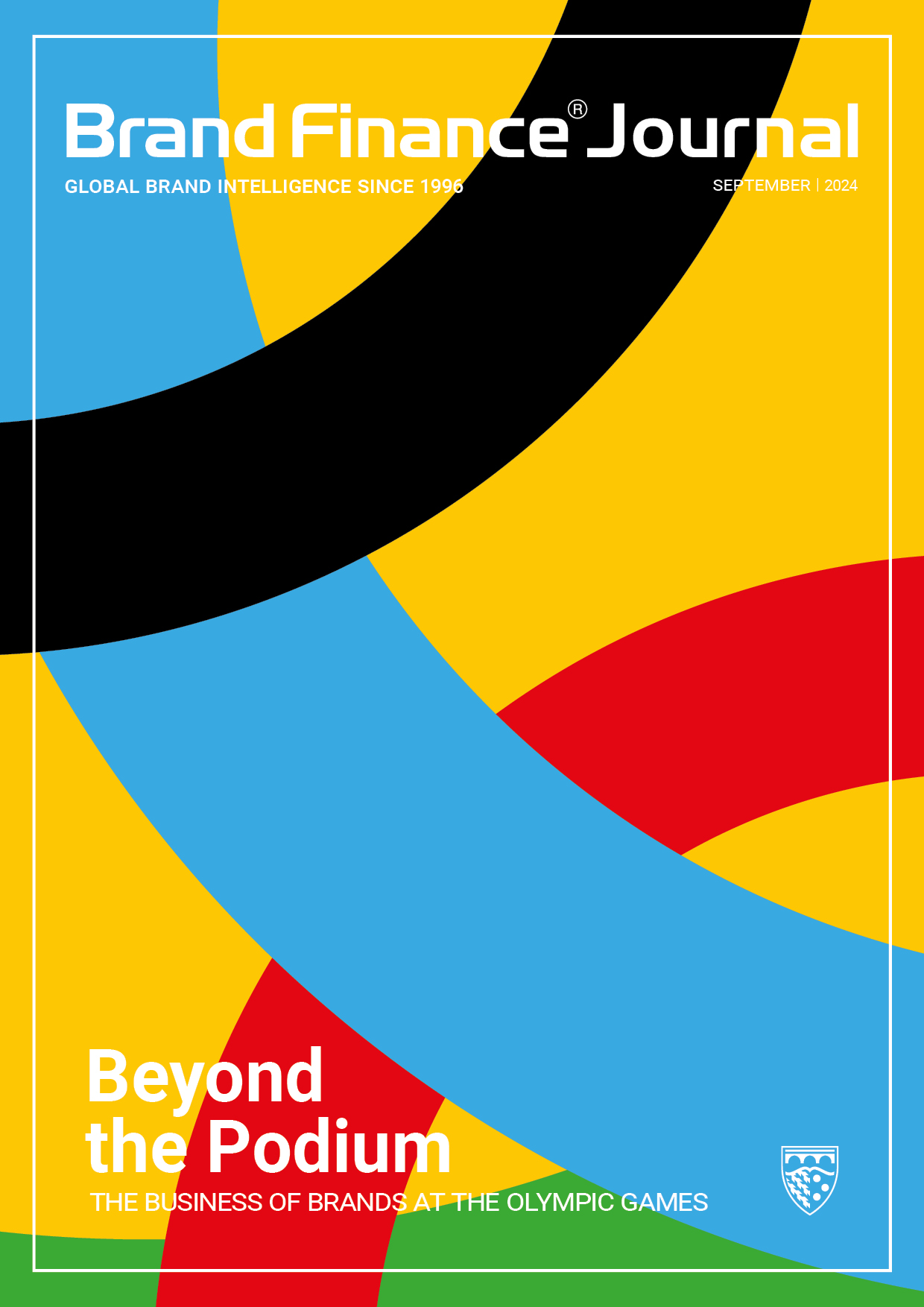This article was originally published in the Brand Finance Olympics Journal 2024

Consultant, Brand Finance

Head of Sports Services,
Brand Finance
The first Olympic Sponsor, Coca-Cola, has been associated with the Olympics since 1928, when a freighter delivered the U.S. Team and the Amsterdam event 1,000 cases of the beverage.
Vendors started setting-up shop around the Olympic Stadium and rowing course giving life to the very first Olympic sponsor.
Ever since, sponsors have become an integral part of supporting the Olympic movement.
The primary goal of sponsorship is to foster positive perceptions and behaviours among stakeholders more effectively and efficiently than conventional marketing methods.


This is typically achieved by reaching a targeted audience and aligning with the existing attributes of the rights-holder.
The specifics of how this works can vary significantly based on the brand, industry, sport or category, rights-holder, and the activation strategies involved. Ultimately, any partnership should aim to deliver a return on investment, often measured by short-term sales increases and long-term brand-building benefits.
The Olympic Partner (TOP) programme is the highest level of Olympic sponsorship. It grants exclusive global marketing rights for the Olympic and Paralympic Games and Olympic teams worldwide to a select group of partners. In 2024, the programme includes 16 brands from various industries. Brand Finance has assessed the brand value and strength of these brands as part of our annual analysis (detailed in Figure 1).
When measuring the impact of Olympics sponsorship on these brands' strength and, ultimately, their brand value, data from Brand Finance’s 2023 Global Brand Equity Monitor study indicates that increased exposure, engagement opportunities, and media coverage enhance global familiarity. In other words, Olympics followers are significantly more familiar with these brands compared to non-followers.
The data also reveals an uplift in reputation among Olympics followers compared to non-followers, demonstrating the impact of sponsorship on public perceptions.
To measure financial effectiveness, you need to link these demonstrated stakeholder perception changes to financial gains for sponsors. Sponsorship impact modelling assesses brand KPIs to understand how partnership exposure influences stakeholders’ behaviours towards the brand to drive beneficial business outcomes.
This process involves analysing market research data to compare perception differences between exposed and non-exposed groups. Modelling the changes in business performance enables an understanding of the sponsorship’s return on investment.
The analysis can also be used to model the impacts on a brand's Brand Strength Index (BSI) to determine any uplift due to the partnership. This can then be applied to the Brand Valuation model to understand how much value has been locked up in the value of the brand as an asset – giving a comparison between the marketing efforts’ value in terms of both short-term sales activation and long-term brand building


